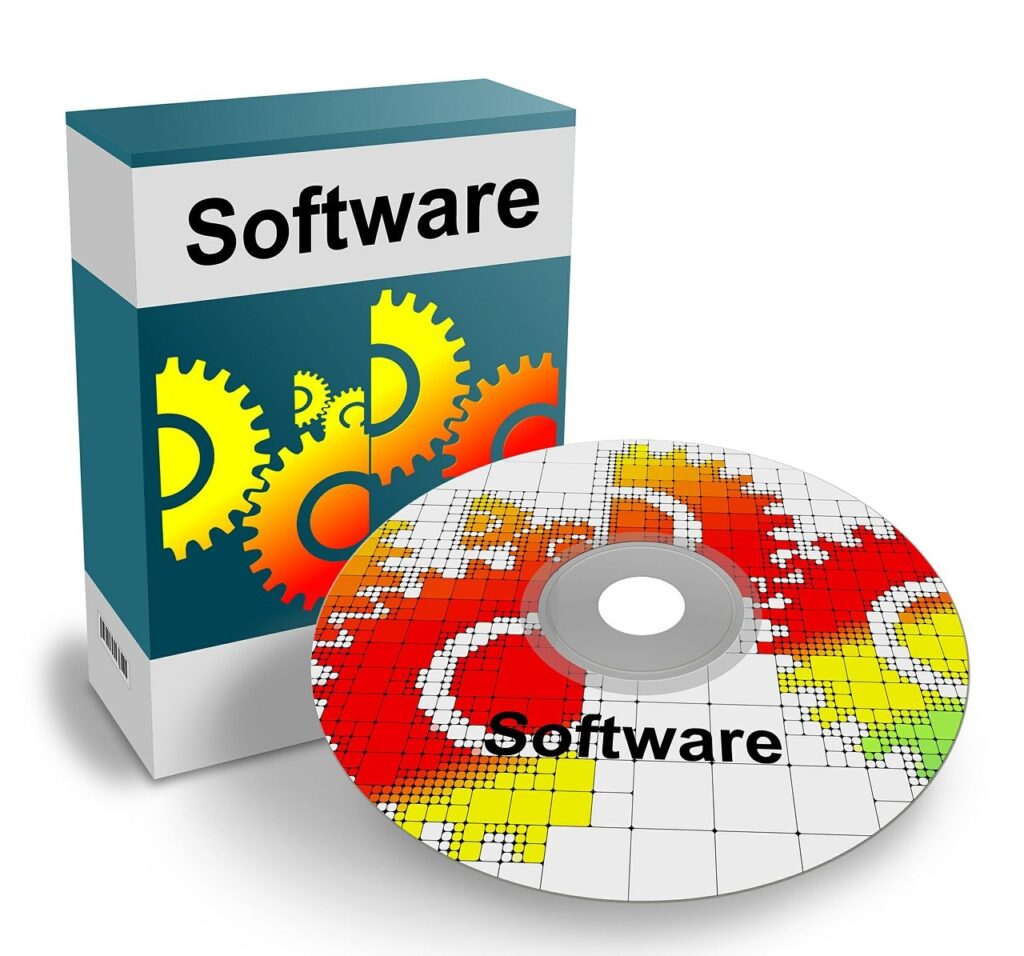What is Open Source
Free and open source software
Free and open source software (FOSS) holds numerous compelling advantages for businesses, some of them even more valuable than the software’s low price. Let’s start counting a few examples


Low software licensing cost
While commercial software has the exorbitant cost for comprehensive solutions, extensions, customization, support, upgrade and so on, an open source software, on the other hand, comes at a fraction of the cost.


Non-expensive adaptations with Open source software
Commercial vendors usually provide service and support for the system components offered and tailor-made features are often not possible or extremely costly due to legacy architectures. Open Source, unlike licensed software, provides the flexibility of customization with a lesser hard cost.


No vendor lock-in
When businesses turn to open source software, they free themselves from vendor lock-in, unlike licensed software, where customers are at the mercy of the vendor’s vision, prices and priorities. This also limits what they can do with the products they’re paying for. With open source software, users are in control to make their own decisions and do what they want. They also have a worldwide community at their disposal for help.
Support Options
Open source software is generally free, and so is a world of support through the vibrant communities, excellent documentation, forums, mailing lists, forges, wikis, newsgroups and even live support chat. For businesses that want extra assurance, there are now paid support options on most open source packages at prices that still fall far below what most proprietary vendors will charge.


Freedom to customise
Business users can take a piece of open source and tweak it to suit their needs. Since the code is open, it’s simply a matter of modifying it to add the functionality. This doesn’t really work with the licensed software.
Auditability
With licensed software, you have nothing but the vendor’s statement claiming that the software is secure and adhering to standards. The visibility of the code behind open source software, however, means you can see for yourself and be rest assured.


Try before you buy
If you’re considering using open source software, it will typically cost you nothing to try it out first due to software’s free price. Hence, no commitment required until you’re sure.
Stable, High-Quality, Scalable, Future-Proof
Open source software combines all the advantages: high-quality source code, stable performance, and a high level of security. In addition, it is significantly more future-proof as an open source project can’t disappear completely from the market since thousands of supporters worldwide are constantly improving the software.

